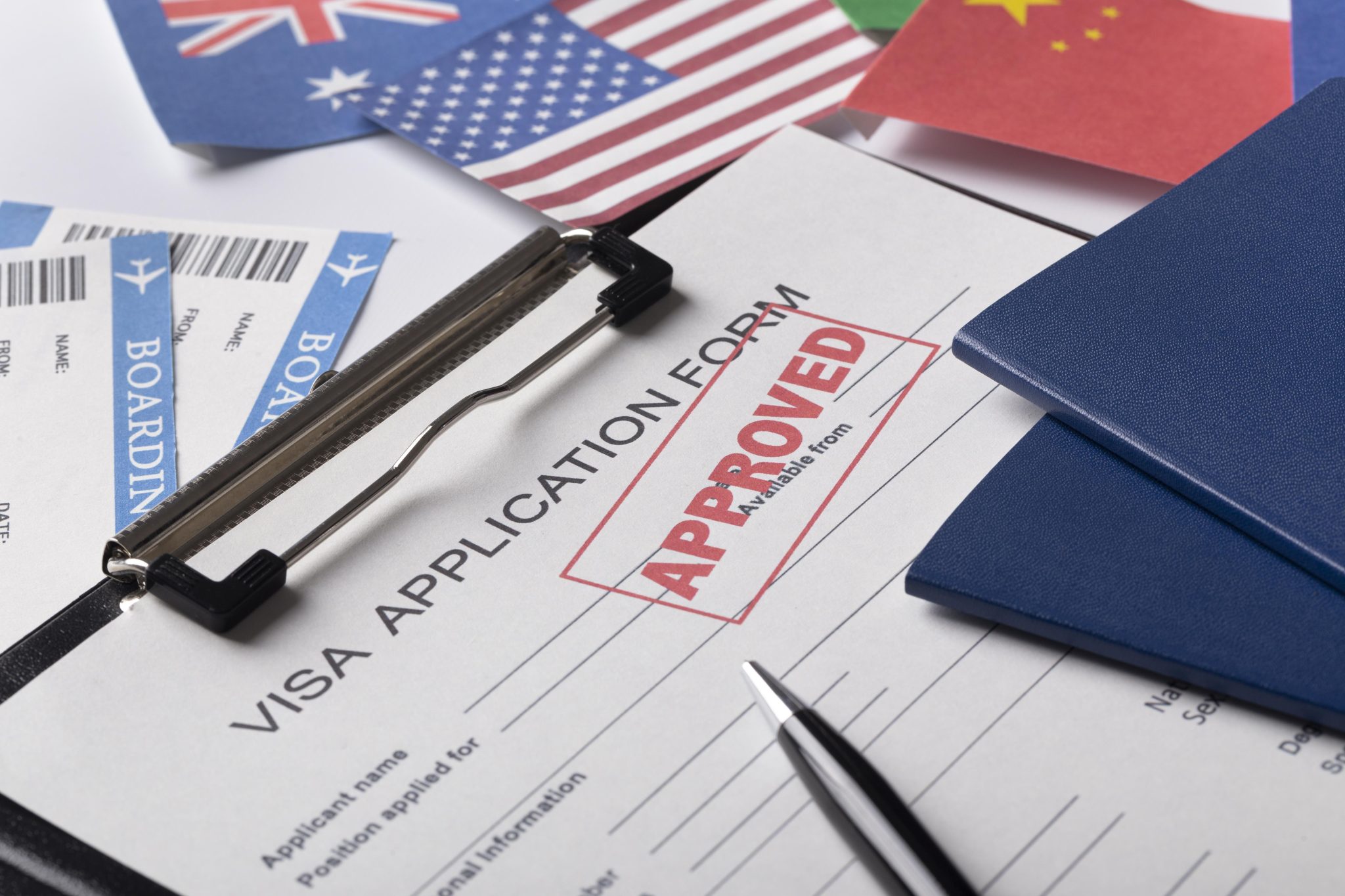USCIS Rejections Due to Translation Errors: How to Avoid Costly Delays
Recently, the U.S. Citizenship and Immigration Services (USCIS) announced outright rejections of applications with translation errors without issuing a Request for Evidence (RFE) or Notice of Intent to Deny (NOID). The USCIS assumes the translated document is complete and accurate since it does not compare it to the original. As such, errors in the translation suggest that the paperwork is invalid, hence laying the grounds for rejections and denial.

Most Common USCIS Translation Mistakes
The USCIS treats even the most minor errors in translated documents as grave mistakes. If it finds any translation errors, it assumes they are inauthentic and invalidates the petition or requests.
Missing Translator Certification Statement
The USCIS Policy Manual, under Chapter 6 – Evidence, states that:
“Any document containing foreign language submitted to USCIS shall be accompanied by a full English language translation which the translator has certified as complete and accurate, and by the translator’s certification that he or she is competent to translate from the foreign language into English.”
USCIS officers rely on the translator’s statement guaranteeing that the translation is accurate and complete to proceed with the case. Without this statement, the officer is unable to verify its validity.
The applicant for the petition or request from the immigration office shoulders the burden of proof. In other words, the applicant must show that they meet the USCIS requirements. A translator certificate or statement adds more proof of the applicant’s eligibility for the application.
Incomplete Translations or Summaries
An incomplete or summarized translation of an original document does not qualify as a valid translation under USCIS regulations. Since translated documents hold the same legal value as the originals, they must reflect every detail.
Let’s consider a scenario of omitted translation for a student applying for an F-1 Visa.
In this scenario, the original academic certificate has a note saying, “The diploma was awarded after completing a 2-year e-learning program.” If the translated document omits this note, the USCIS officers will assume the applicant earned it through in-person study. During evaluation, the applicant will be served with an RFE, thereby delaying their application.
Mistranslations of Legal or Academic Terms
Fields like law and academia use specific terms that can be ambiguous if translated poorly. For instance, in law, phrases like “case dismissed” and “case withdrawn” mean different things. If these terms are translated into another language and they get mixed up, it becomes another case of mistranslation.
Formatting Inconsistencies
The structure and layout of certain translated documents contribute to USCIS translation errors. To avoid this, everything from page order, stamps and seals, and tabular data must match the source document.
An example of how inconsistencies in formatting happen could be the simplest items, like dates. Suppose a date format in the original document is DD/MM/YYYY and is translated to that format without a note. In that case, the USCIS will interpret it incorrectly since it follows the MM/DD/YYYY format.
Client-Performed or AI-Generated Translations
The USCIS does not allow self- or automated translations. On one hand, a certificate of translation is mandatory, and the chances of errors are high when translation is not done by a professional. Filing cases with the USCIS without certified translations is common ground for RFEs, NOIDs, rejections, and denials.
How USCIS Evaluates Translated Documents
USCIS officers are trained to verify translated documents properly. The standard procedure is that they don’t treat a translation as a supporting document for the original. Instead, they treat the translation with the same weight as the original.
Considering the translation as a “carbon copy” of the original means that if it has translation errors, the adjudicator won’t know. Subsequently, further in the review, they will notice inconsistencies and pinpoint the origin as the translation. These misrepresentations lengthen the review process, often ending with RFEs.

How to Prevent USCIS Translation Rejections
As an immigration attorney, you can take several steps to reduce the risk of USCIS rejecting your clients’ applications.
Some of the best practices include:
- Create a checklist for all translated documents: Identify the common translation errors and create general checklists to ensure each document is error-free.
- Work with certified USCIS translators: Not all translators have the experience and understand USCIS standards for translated documents.
- Caution clients against self-translation: Inform your clients that a translation statement must accompany all translated documents.
- Verify the accuracy of translated documents: Use your knowledge of legal documents and experience in the industry to verify the validity of documents.
Doing the above for your clients increases their chances of approval. Most immigration legal offices implement a review process where paralegals or junior lawyers manually verify the validity of the submitted documents. This ensures that they flag errors before documents are submitted to the USCIS.
Real Case Study: USCIS Denial Due to Translation Inaccuracy
Here is an example of a real case where a translation inaccuracy in supporting documents led to a finding of willful misrepresentation by USCIS.
Case Overview
This case involves an EB-2 National Interest Waiver (NIW) immigrant petition filed by an education specialist seeking permanent residency in the United States. The petitioner requested a waiver of the job offer and labor certification requirements, asserting that her professional work was of national interest and that she possessed exceptional ability in her field.
After initial approval, USCIS issued a Notice of Intent to Revoke (NOIR) based on findings of willful misrepresentation due to translation errors in supporting documents and insufficient evidence regarding the national interest criteria. Despite the petitioner’s response and subsequent motions, the petition was ultimately revoked, and all appeals were dismissed.
Key Takeaways from this Case
There is a lot you can learn from this case to avoid future rejections. Here are some key takeaways:
- Initial approval can be revoked: Further review might be carried out to scrutinize applications further.
- USCIS does not tolerate translation errors: Even if you argue that an error was unintended, the agency will still rule it out as “willful intent.”
- Provide sufficient evidence if requested: If an application is responded to with an RFE, provide enough evidence to resolve all inconsistencies.
- Be consistent in your statements: Changing statements after filing raises further scrutiny by the officers.
Cases of misrepresentation like this one are common. They happen because USCIS has strict standards and guidelines for paperwork processing. Working with certified and professional translators reduces the chances of mistakes.
Don’t Let Translation Errors Derail a Valid Case

Most applicants have all the valid and legal documents required by the USCIS. Still, they face prolonged processes and rejections due to translation mistakes. These mistakes arise when certified translation is not treated as mandatory. If overlooked, a minor issue takes months to rectify without a guarantee of approval. This all can be avoided by working with professional USCIS translators and implementing rigorous review of all translated documents at all times.

At The Language Doctors, we specialize in USCIS-certified translations that are trusted and accepted by immigration attorneys, government agencies, and embassies worldwide.
With our service, you can expect fast 24–48 hour turnaround times, certified translations in over 200 languages, and PDF delivery complete with a signed Certificate of Accuracy.
Everything you need to meet USCIS requirements with confidence. We offer affordable flat-rate pricing, so you always know what to expect with no hidden fees.
Get your USCIS translation today. Accurate, certified, and hassle-free.


